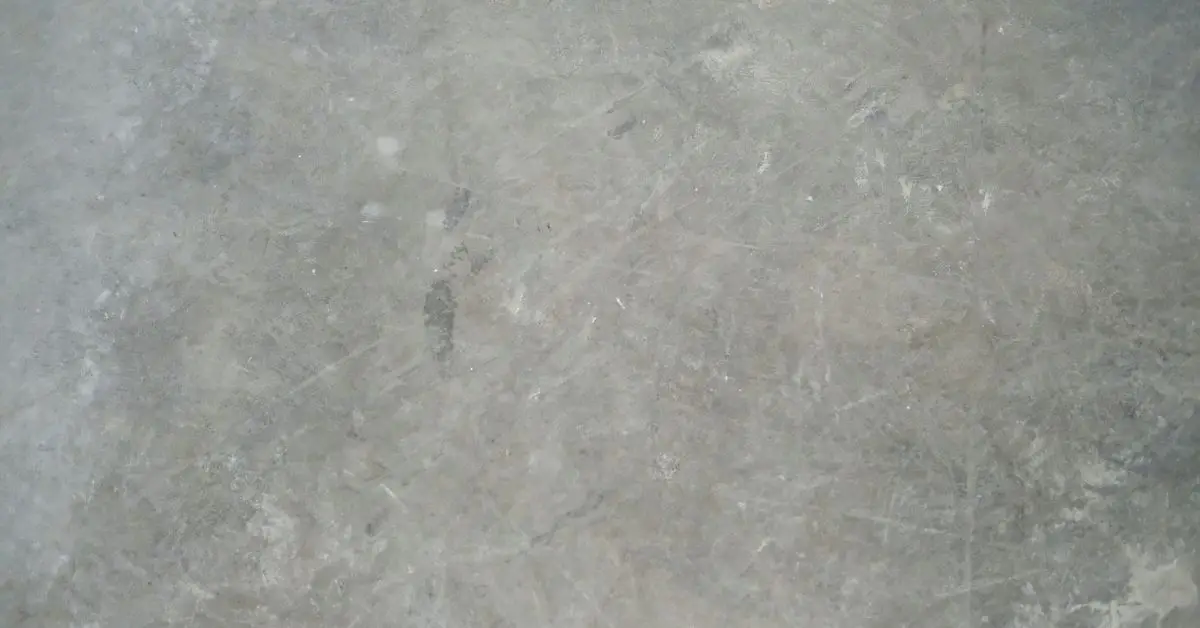Share

If you’re looking to remove glued-down cement board, and don’t know how or where to start, then this article will help. We’ll go over 7 helpful steps that will make the job easier for you.
Cement board is typically used as a subfloor material in homes with basements or crawl spaces because it’s strong and durable. If you want to learn more about how to remove glued-down cement boards, keep reading!
How to Remove Glued Down Cement Board
Here are the 7 best steps to remove glued down cement board:
Step 1: Scrape the Glue
Use a drywall knife to scrape excess glue from the cement board. This will allow you to pry up on some of the boards and loosen them from their position. If there is still adhesive left after scraping, use mineral spirits or paint thinner for removal. Be sure not to get these substances onto your skin because they can irritate the skin.
Step 2: Use a Heat Gun
If there is still glue left after scraping, use heat to loosen it up. This can be done with an electric heat gun or hairdryer. The idea behind this step is that hot air will soften and make removing excess adhesive easier for you in Step Three.
Be sure not to breathe any of the heated-up fumes because they are toxic! You should also do this process outside instead of inside your home, where it might negatively affect indoor air quality. Once again, remember not to get these substances onto your skin because they can irritate the skin like mineral spirits or paint thinner would (just hotter).
Step 3: Pry Up Loose Cement Board
Once the heat has loosened the adhesive, use a pry bar to remove the cement board. Be sure to purchase one that is made specifically for drywall work and not just any old crowbar.
If you don’t have a specific tool like this at home, consider renting one from your local hardware store because it will make removing glued-down cement boards much easier.
Step 4: Remove Nails Using Flat Bar (Optional)
If there are still nails sticking out of your wall or floor after prying up loose boards with a crowbar, grab an ordinary flat bar and hammer to pop them out of their hole on each side so they can be removed easily by hand later on without incident.
Step 5: Apply Adhesive Remover to Cement Board
Now that all the nails and excess cement board adhesive is gone use an adhesive remover to remove any leftover residue.
This will allow you to prime and paint freely without having to worry about it coming off on your brush or roller during application.
Be sure not to get this substance onto your skin because it can irritate the skin just like mineral spirits or heat would! Remember again not to breathe in fumes from solvent-based products either for risk of inhalation damage.
Step 6: Clean Up Glue Remnants
Clean up glue remnants with water mixed with a little bit of dishwashing soap before painting over them, so they are less noticeable later on when complete after removal has taken place successfully. If there are still some stains leftover, mix a little bit of bleach into a soap solution to remove them more easily.
Step 7: Prime and Paint the Area
Now that all your glue is gone be sure to prime and paint over it so you don’t have an unsightly mess left behind for others to see! If done correctly, no one will ever even know there was a cement board glued down in the first place once repainting has been completed successfully.
Now go do this process several times on different areas of your wall or floor before moving onto bigger projects instead of just one area at a time. Doing things like this can help speed up work tremendously when working with cement boards since they are not easy materials by any means to pull off completely successfully without breaking something.
Step 8: Enjoy the Results!
Glad you finally got that glue removed successfully with this easy-to-use tutorial! Make sure to use it again in future projects when dealing with cement boards. Remember not to breathe in fumes from solvent-based products either for the risk of inhalation damage and don’t get any substances onto your skin because they can irritate or burn them as mineral spirits or heat would do.
You should also clean up adhesive remnants with water mixed with a little bit of dishwashing soap before painting over them so they are less noticeable later on when complete after removal has taken place successfully. If there are still some leftover stains, mix a little bit of bleach into a soap solution to remove them more easily.



0 Comments